As set out in the Future Strategy for External Educational Facilities 2030 formulated by the Japanese Ministry of Education, Culture, Sports, Science and Technology (MEXT) in June 2021, overseas educational facilities are expected to play a role “as bases for disseminating Japanese education and culture and as show windows to the world.” In response, in collaboration with the Catholic University of Santa Maria (UCSM) in Peru, Bloomington Indiana Japanese Language School is working to build and implement a model food science curriculum that focuses on Japan’s signature foods as an EDU-Port Japan Supported Project.
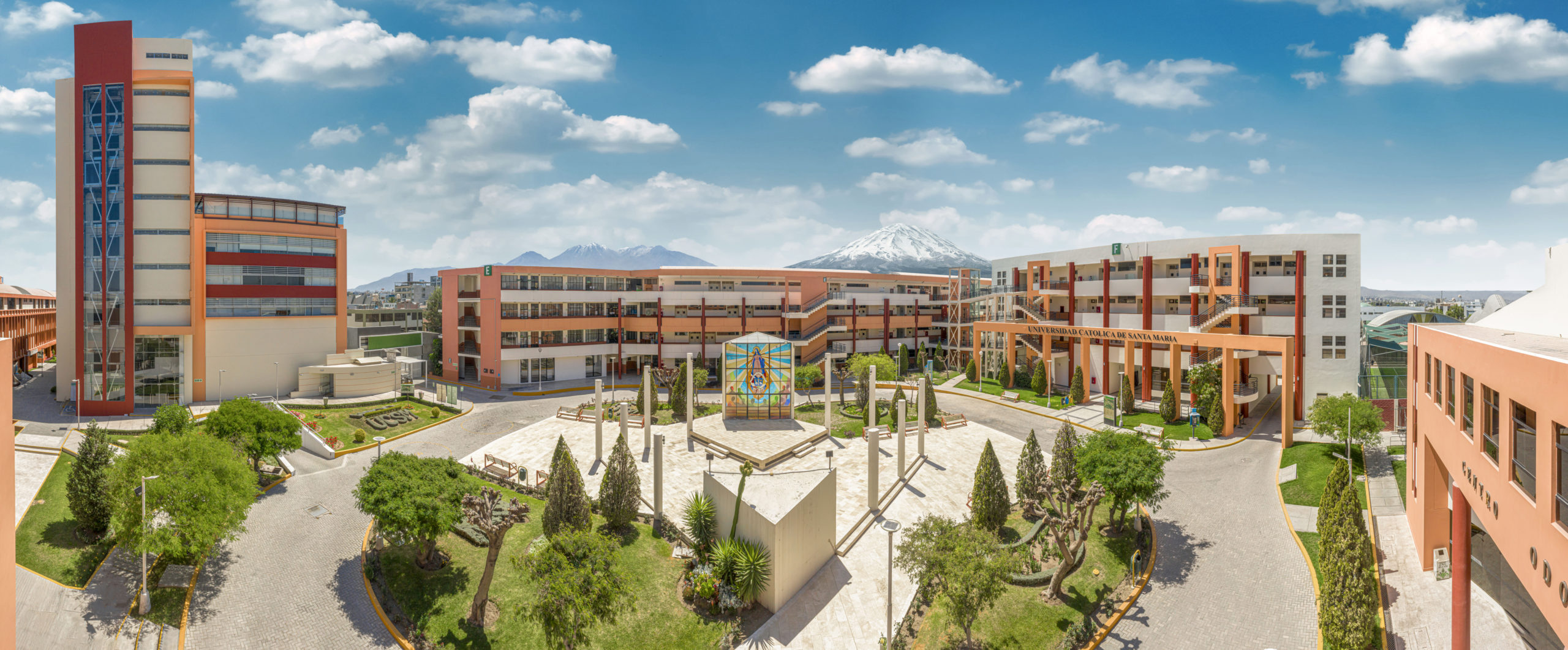
Peru has a food culture comparable to Japan’s, as evidenced, for example, in the famous ceviche which combines raw seafood with citrus juice and garlic. Moreover, umami-rich potatoes and tomatoes are thought to be native to the Andean mountain region and many varieties can be found locally. Peru has thus developed a traditional food culture that is conscious of the value of umami, just like in Japan, and people are very interested in Japanese food. Above all, many people harbor friendly feelings toward Japan and this was one of the reasons we chose a higher education institution in Peru as our partner.
-
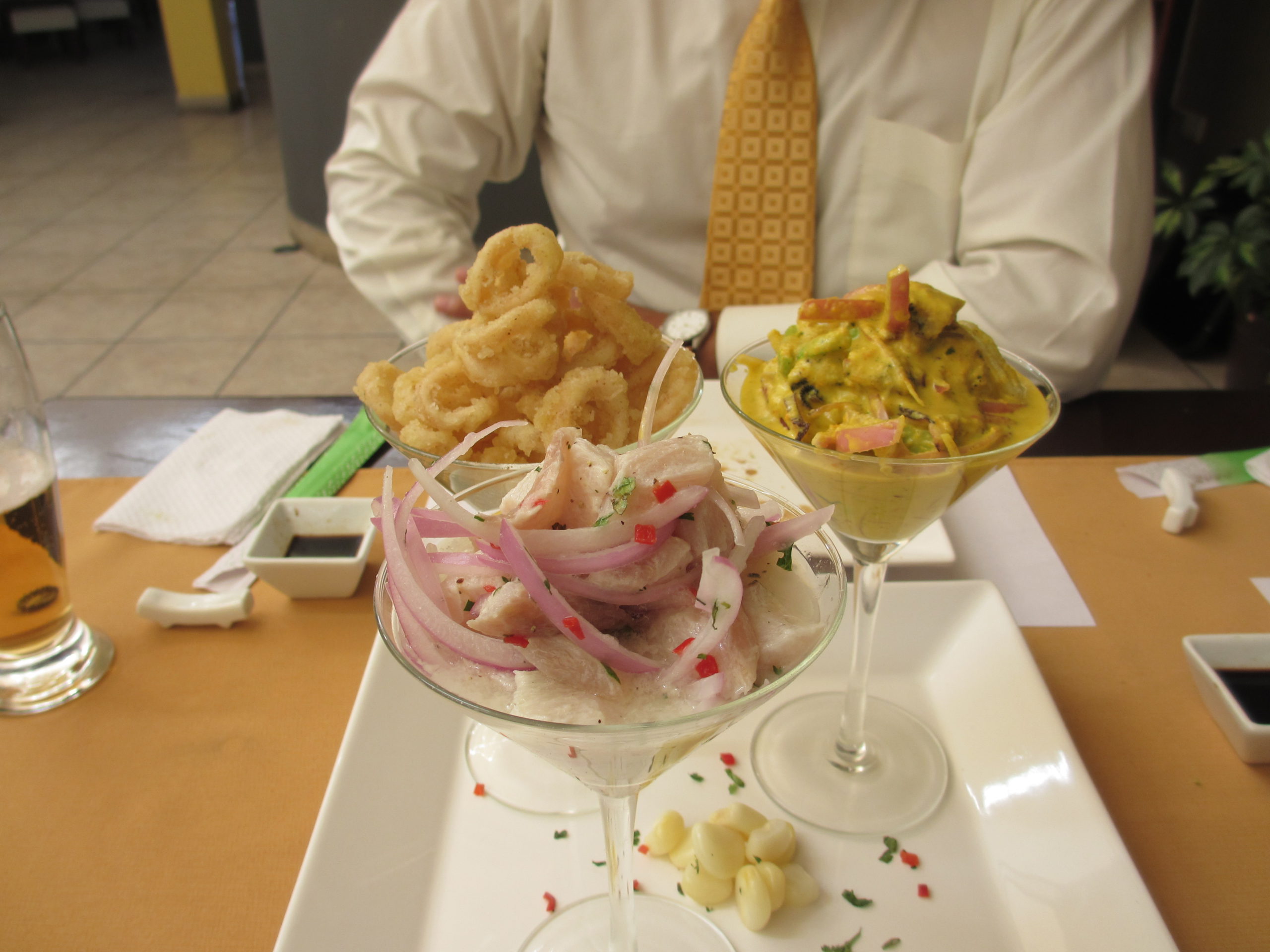 Ceviche and Dr. Briceño, UCSM Rector
Ceviche and Dr. Briceño, UCSM Rector -
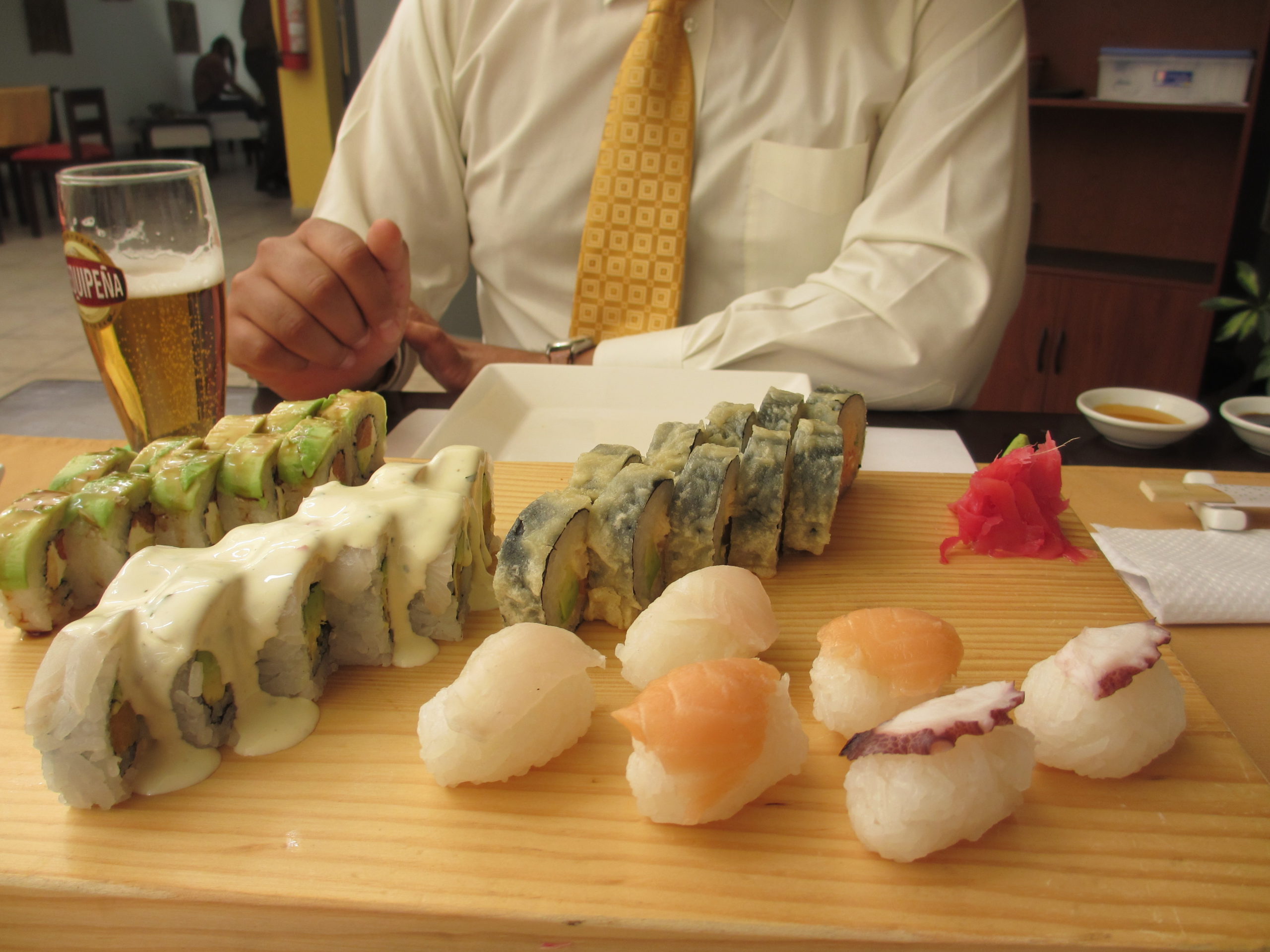 Sushi and Dr. Briceño
Sushi and Dr. Briceño
To date, we have finished developing the curriculum for three subjects, Basic Sake Studies and Advanced Sake Studies in collaboration with the National Research Institute of Brewing (Higashihiroshima), and Japanese Tea Studies in collaboration with Ippodo Chaho (Kyoto). These courses are offered as electives for students majoring in biotechnology and pharmaceutical sciences at UCSM. Basic Sake Studies and Japanese Tea Studies were launched in 2022 and Advanced Sake Studies in 2023, and new subjects will continue to be offered in the future. In 2022 and 2023, all the courses were offered online from the U.S. due to the impact of Covid-19.
50 students registered for Advanced Sake Studies, an 18-hour lecture course, and credits were awarded based on their midterm and final test scores. In order to check the information about Japanese sake that was introduced in the lectures, with the cooperation of a Japanese food store in Lima (headquartered in Los Angeles), after all the lectures were finished we conducted a tasting session using sake available in Peru. Likewise, for Japanese Tea Studies, after all the lectures were completed, tastings were conducted of various styles of Japanese tea, including matcha, gyokuro, sencha, bancha and hojicha. Students also gave presentations on the results of research that they had undertaken independently.
-
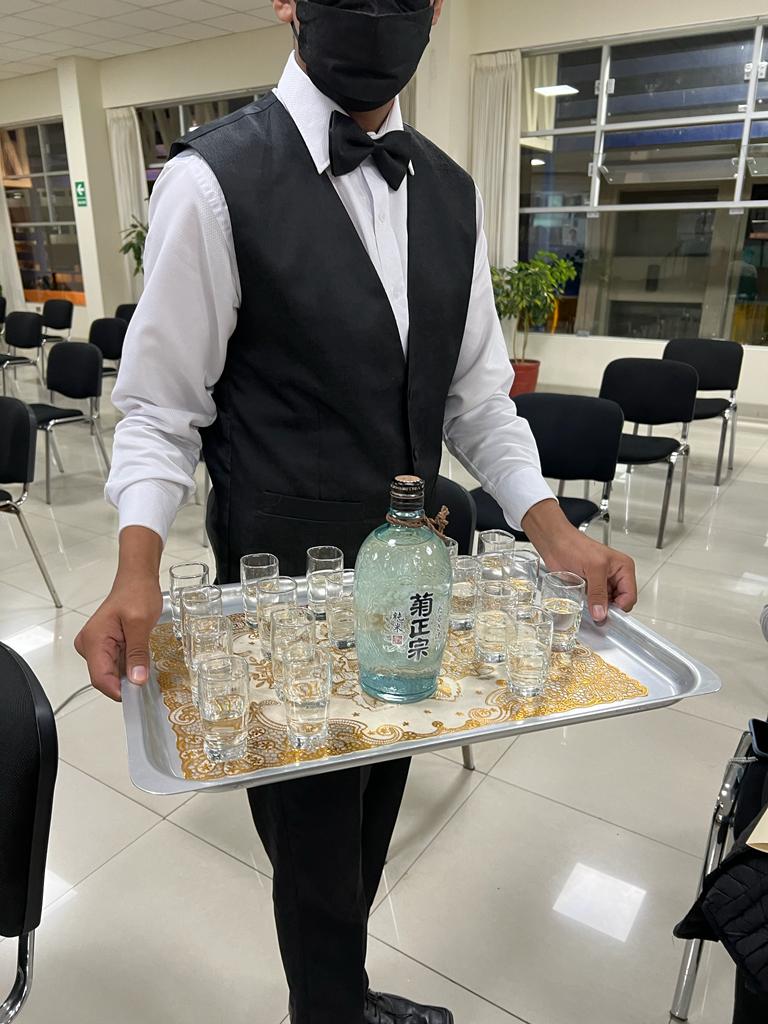 Sake tasting
Sake tasting -
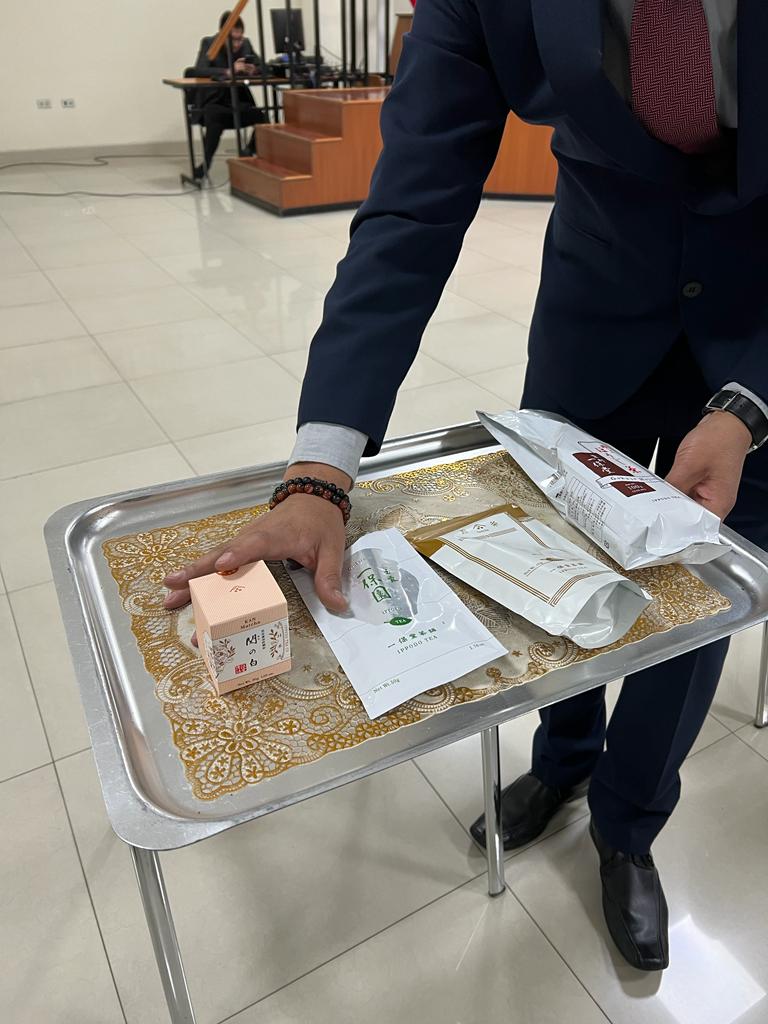 Japanese tea tasting
Japanese tea tasting -
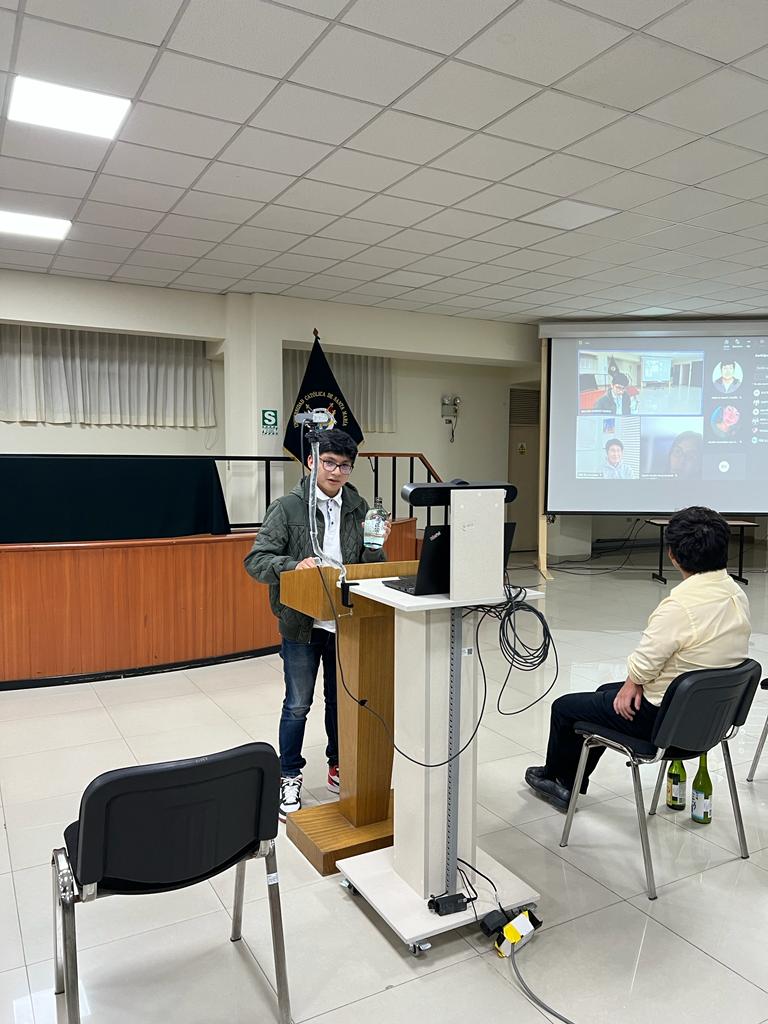 Presentation by a student
Presentation by a student
With the cooperation of companies such as Ajinomoto Peru and universities in the United States, we are currently developing the curriculum for two new lecture subjects, Taste and Aroma and Traditional Food Studies, which are due to be offered at UCSM in 2024. The Japanese translation of “Nose Dive: A Field Guide to the World’s Smells” by Harold McGee, the celebrated American author of “McGee: On Food and Cooking,” is scheduled to be published in 2024 and will be used as a supplementary reading material. Furthermore, with the cooperation of Japanese companies such as “wagashi” confectioner Shioyoshiken (Kyoto) and Suzuhiro Kamaboko (Odawara) as well as Japanese food companies operating in the United States, from 2024 we are ready to develop the curriculum for three new subjects, Wagashi Studies, Processed Seafood Studies and Fermented Food Studies.
UCSM is also planning to develop a curriculum and offer a course based on the Japanese food science model consisting of a total of 36 credits, and is working on forming a consortium with interested educational and research institutions. The existing courses have been improved based on feedback on the courses offered at UCSM from faculty and students, and it was decided that the same curriculum would be offered at a university in the EU in 2024. Additionally, with this issue as a point of contact, discussions have begun toward the conclusion of an academic agreement between the two universities.
In addition, through the development of two new practical subjects, Practical Sake Studies and Japanese Tea Practice, we are working to develop an outreach program aimed at lifelong education for local consumers and people involved in distribution. We plan to implement the program in major cities in the United States first, starting in 2024. As part of this initiative, we will collect data on the characteristics of people’s perception of aroma and taste in Peru, the United States and the EU, based on the sensory evaluation method for sake developed by the National Research Institute of Brewing, leading to the development of the curriculum for the new Practical Sake Studies (tentative name).
Japan has created its own sophisticated food culture by blending foreign ingredients and food culture imported from Eurasia with its own culture and technology. We will try to marry such Japanese food science with excellent Peruvian food ingredients. In order to secure food resources, which requires a global effort, and to foster a higher food culture, we will support Japan’s research capabilities whose strengths lie in breeding and cultivation techniques for rice, vegetables, meat and seafood, from the perspective of education, including human resource exchanges, so that they can be applied to a wider range of fields.
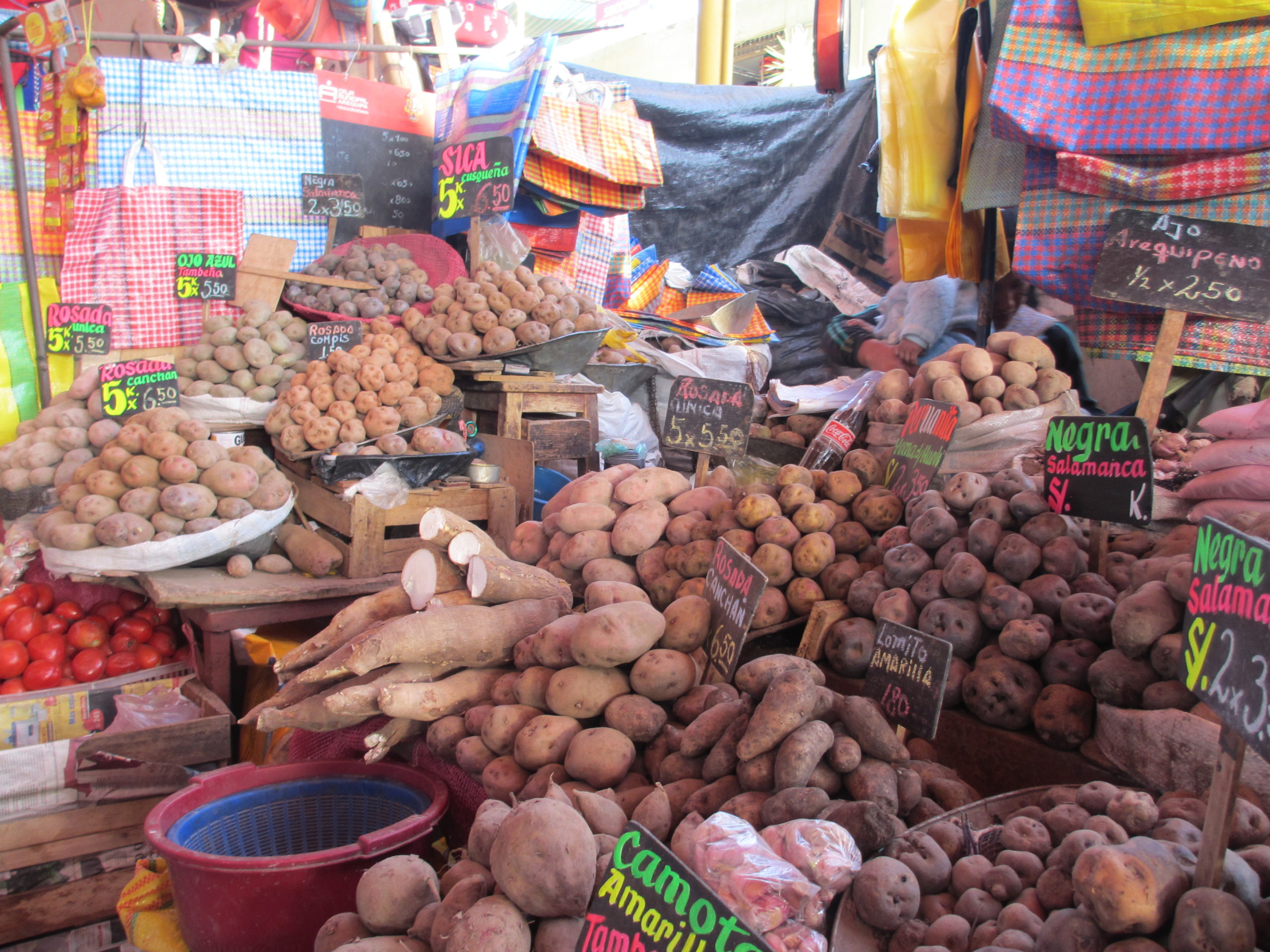
With Peru, one of the world’s leading gastronomic countries, as our base, we plan to scientifically introduce Japanese food to the world from the perspective of higher education and lifelong education.







